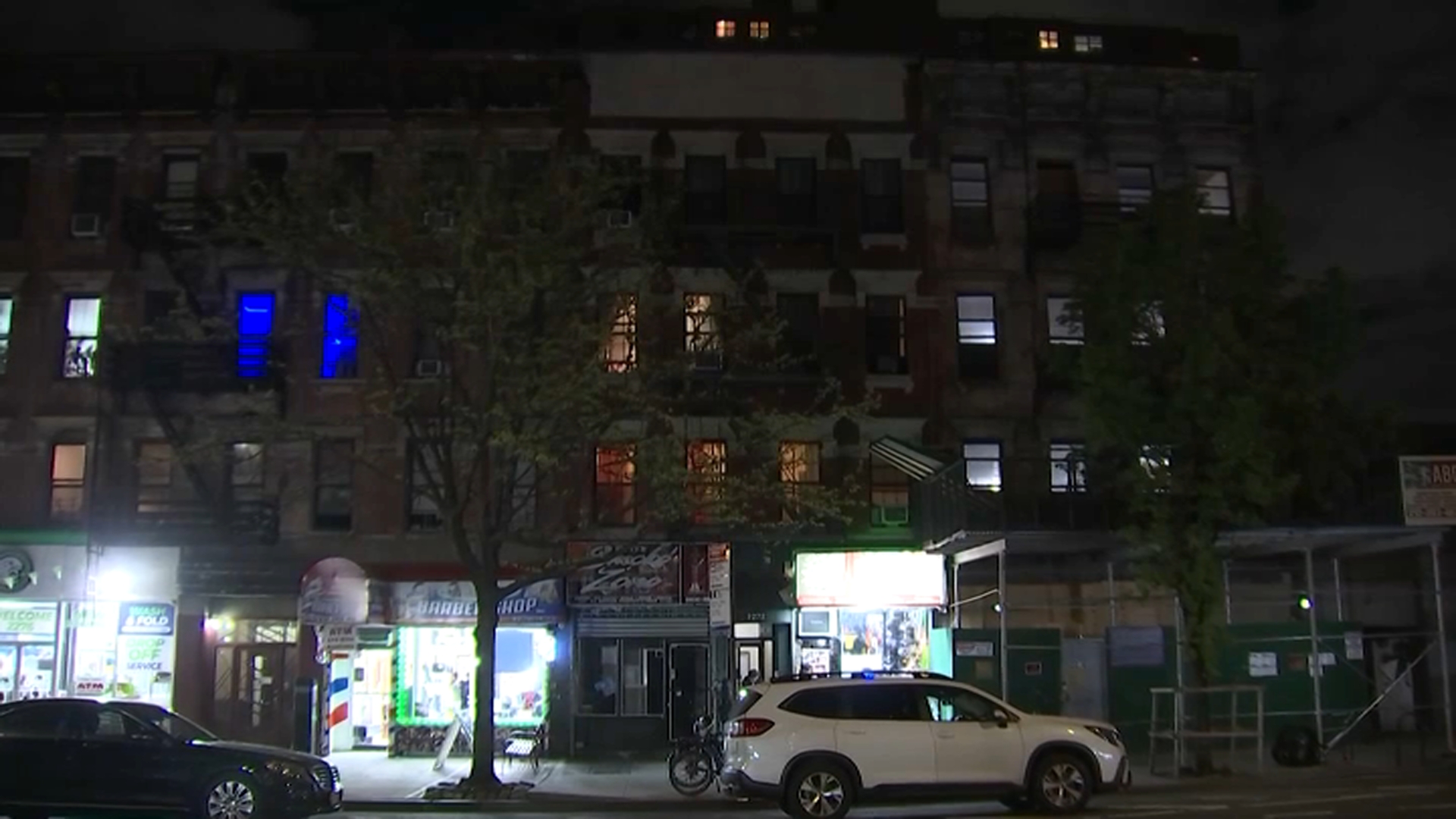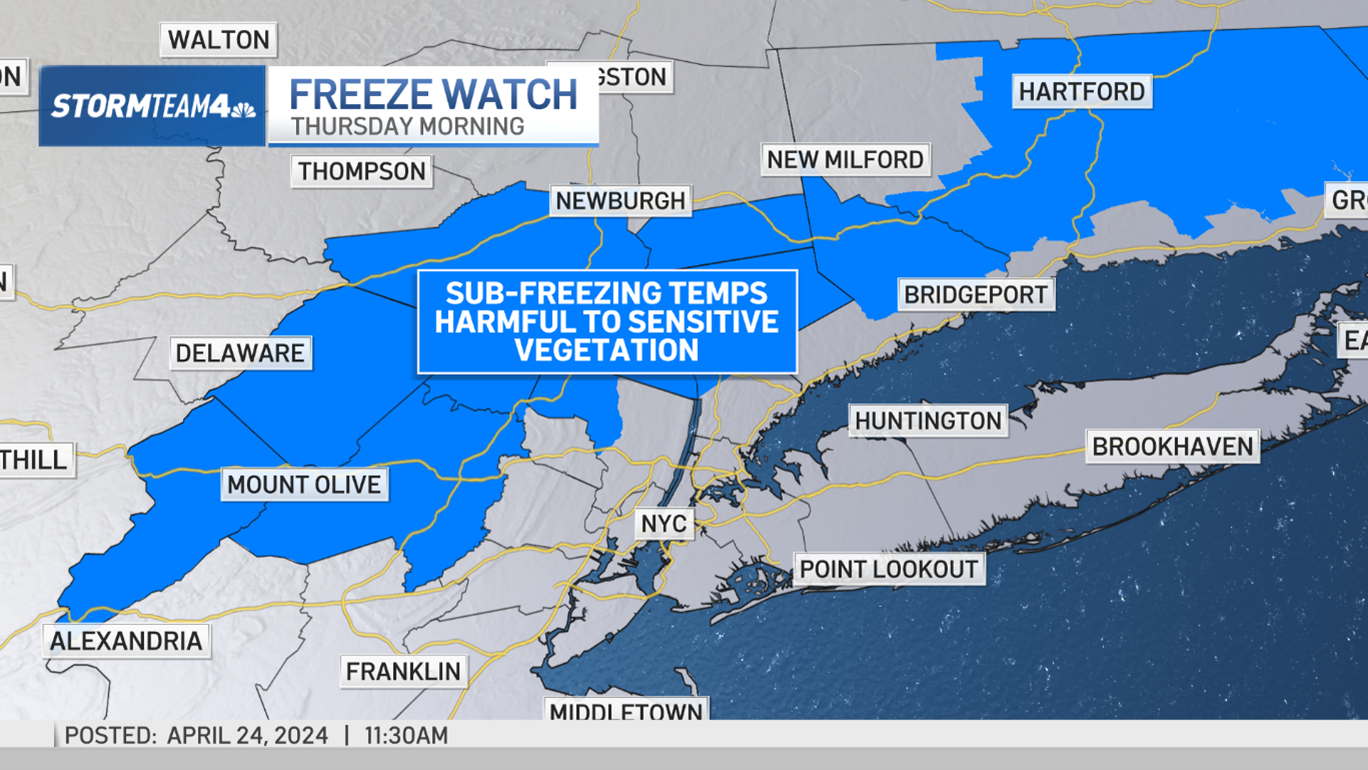New Yorkers are more likely to complain about their neighbors in parts of the city where boundaries between ethnic or racial groups are "fuzzy," according to researchers who mapped out calls made to the city's information hotline against the city's racial and ethnic demographics.
The study's authors, Joscha Legewie, assistant professor of sociology and education at New York University, and Merlin Schaeffer of the WZB -Berlin Social Science Center and University of Cologne, looked at calls made to the city's 311 system between 2009 and 2013. They determined about 800,000 calls out of 7.72 million fell into the neighbor complaint categories they were interested in— noise issues, cars blocking driveways, people drinking in public, allegations of illegally rented rooms.
They plotted out the geographic locations of those calls against census data of the city's racial and ethnic demographics, and found that neighborhoods that were transition areas between two ethnic or racial groups were more likely to have complaint calls than other areas that were truly mixed or where the boundaries between groups was stark and well-defined.
One example was in the Crown Heights section of Brooklyn, a predominantly black neighborhood that also contains a smaller section that is predominantly white. The boundaries of that white enclave are well defined on its west side, Legewie said, with one street essentially marking where the predominantly white neighborhood ends and the mainly black one begins. On the northern and eastern sides, the change between racial groups is more gradual, a "fuzzy" boundary.
"When you compare these two neighborhood boundaries ... we observe a substantially higher number of complaint calls where you have these transitions between two neighborhoods that are not clearly defined," said Legewie, who is presenting his work on Saturday in Chicago at the annual meeting of the American Sociological Association.
He posited that "these zones of transition have a higher likelihood of complaint calls because it's the clash of who's using the public space and why."
It also could be a sign of people not feeling comfortable with their neighbors, since they're reaching out to the city to handle situations instead of knocking on a neighbor's door, for example.
Local
While the data is limited, in that there's no information about the person making the call, it's still "a unique opportunity to look at these everyday forms of conflict between neighbors," Legewie said.
This study does not break the data down by racial group, such as whether any two groups in particular were liable to see more complaint calls in their transition spaces, but Legewie said that was something he was interested in looking at down the line.



